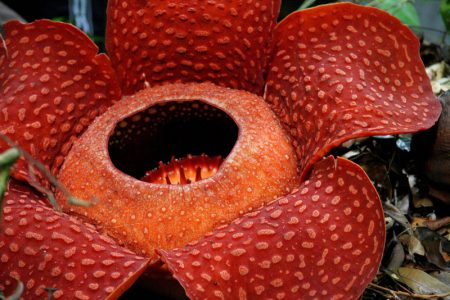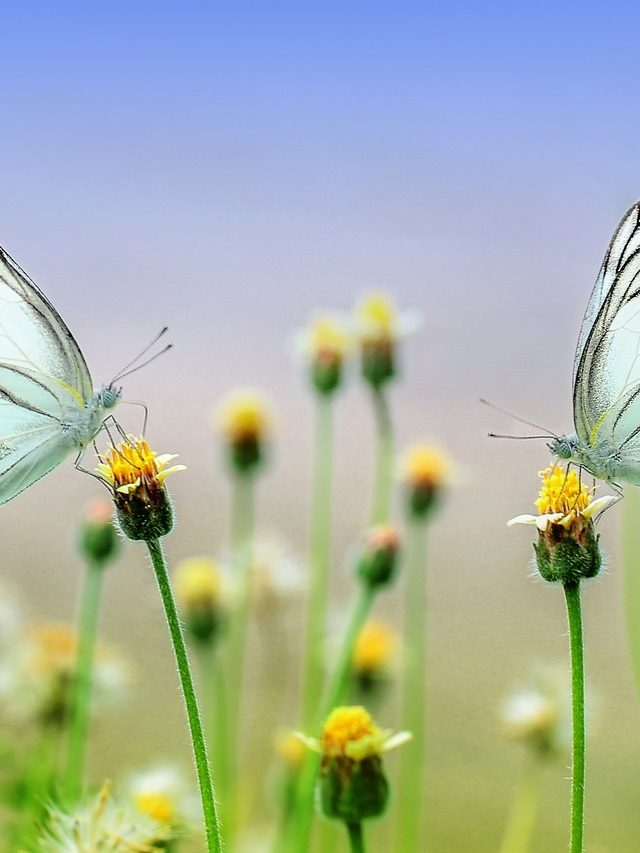Dangerous flowers can contain highly toxic compounds that can cause a range of symptoms from mild skin irritation to respiratory failure and even death. It’s important to exercise caution and avoid ingesting or handling these flowers to prevent accidental poisoning.
10 most poisonous flowers in the world:
- Angel’s Trumpet (Brugmansia spp.): Angel’s Trumpet is a large, trumpet-shaped flower that grows on a shrub or small tree. It contains tropane alkaloids, which can cause hallucinations, delirium, and even death if ingested in large amounts. All parts of the plant, including the leaves, flowers, and seeds, are toxic.
- White Snakeroot (Ageratina altissima): White Snakeroot is a small, white flower that grows in the eastern United States. It contains tremetol, which is toxic to livestock and humans. When ingested, it can cause tremors, weakness, and even death. The toxin can also be passed to humans through the milk of cows that have eaten the plant.
- Lily of the Valley (Convallaria majalis): Lily of the Valley is a small, fragrant flower that is commonly used in wedding bouquets. It contains cardiac glycosides, which can cause vomiting, diarrhea, confusion, seizures, and even death if ingested in large amounts.
- Foxglove (Digitalis purpurea): Foxglove is a tall, bell-shaped flower that grows in gardens and meadows. It contains cardiac glycosides, which can cause nausea, vomiting, hallucinations, and even death if ingested in large amounts. All parts of the plant, including the leaves and flowers, are toxic.
- Water Hemlock (Cicuta maculata): Water Hemlock is a small, white flower that grows in wet areas. It contains cicutoxin, which is one of the most potent toxins found in nature. When ingested, it can cause seizures, respiratory failure, and even death.
- Oleander (Nerium oleander): Oleander is a tall, pink or white flower that grows in warm climates. It contains cardiac glycosides, which can cause vomiting, diarrhea, seizures, and even death if ingested in large amounts. All parts of the plant, including the sap, are toxic.
- Poison Hemlock (Conium maculatum): Poison Hemlock is a tall, white flower that grows in damp areas. It contains coniine, which can cause respiratory failure and even death if ingested in large amounts. The plant is sometimes mistaken for wild parsley or fennel, and accidental ingestion has led to fatalities.
- Death Camas (Zigadenus spp.): Death Camas is a small, white flower that grows in western North America. It contains zygacine, which can cause vomiting, convulsions, and even death if ingested in large amounts. The plant is sometimes mistaken for edible onions or garlic, leading to accidental ingestion.
- Daffodil (Narcissus spp.): Daffodils are popular spring flowers that contain lycorine, a toxic alkaloid. When ingested, it can cause vomiting, diarrhea, and even convulsions. The bulbs are particularly toxic and can be mistaken for onions or other edible roots.
- Hydrangea (Hydrangea spp.): Hydrangeas are large, showy flowers that are popular in gardens. They contain cyanogenic glycosides, which can cause vomiting, diarrhea, and even coma if ingested in large amounts. The leaves are particularly toxic, and accidental ingestion by children or pets has led to fatalities.


